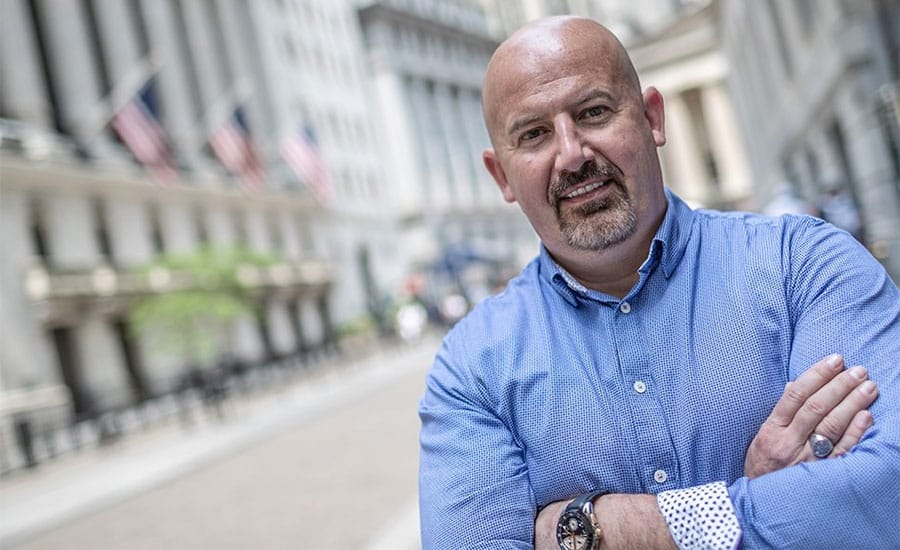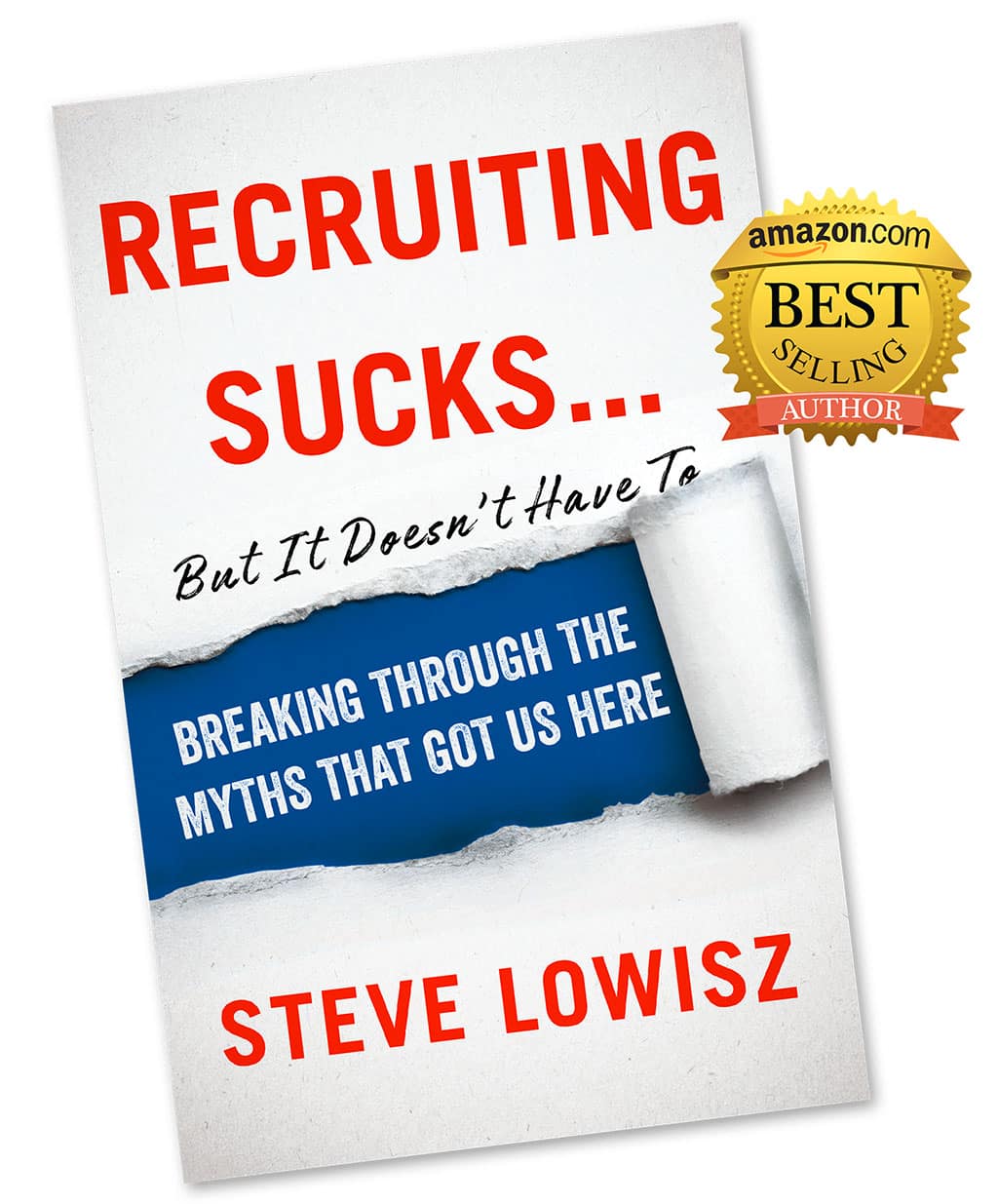The 5 Ps of Recruiting

Recruiters tend to treat candidates like commodities. We get a position and we look to fill it as fast as possible. We make the conversation with candidates all about what we want as opposed to what the candidate wants. Because of this, we think about people in three pieces: knowledge, skills, and abilities. It’s why we look at résumés. We get an idea about them and make decisions based on that.
But we cannot forget that there’s also the head and the heart. The heart is the intrinsic motivation or how we’re wired because of our beliefs. The head is how we behave based on those intrinsic motivations. This is what we really need to figure out. To do this, we use the five Ps: Purpose, Person, People, Profession, and Profits.
Understanding Your Candidate’s Motivations
Everybody is motivated by the five Ps, but everybody’s Ps are different. Recruiters tend to assume everybody’s Ps are the same, but it’s our job to figure out what drives a candidate based on those Ps.
- Purpose
Everybody has what I refer to as faith and focus. Faith is the system of beliefs, experiences, and environmental factors that ultimately drive the focus of your life. In order to really understand a candidate, we have to unpack this. What’s their purpose in life? What drives their decision making? - Person
This is how people look at themselves. I break it into two pieces: fitness and fuel. Do they take care of themselves physically? What about mentally? Certain drivers of behavior come out in the workplace based on how people take care of themselves. If they cannot take care of themselves, then they can’t take care of others. If they don’t take care of themselves, they tend to have a negative outlook on life, which might change the things that drive them. Does their behavior in this regard align with their purpose and who they are? - People
The third P is really about family and friends. People like to talk about a work-life balance, but I see it more as a work-life blend. When my son had football games for his high school team, I made sure I was home to see them. It’s what mattered to me. A person’s relationships with their family and friends affect the types of jobs they look for. I’ve seen people take pay cuts so they could spend more time with their kids. Understanding how people look at those around them illuminates intrinsic motivations. - Profession
Every candidate has specific thoughts and ideas attached to who they are as a professional and what they want to become. The key is understanding not just where they are, but also what they want to achieve and why. The why is the key! - Profits
We can’t discount the importance of money. When it comes to money, we have our financials and freedom. Financials are the target amount someone needs or desires to make. The key questions to answer are, what is the amount, and what’s the plan to get there? Freedom is driven by each person’s primary drivers. Does freedom mean the ability to buy a big house? Or does freedom come in the form of taking every Friday afternoon off to attend a child sporting event?
More Than Money
Money is important, but there is a whole range of other factors that we have to dig into to really understand a candidate and see where their drive comes from. Get into those five Ps and you can start to uncover who a person is and how they make decisions. Over 90 percent of the time, it’s not only about the money.
Understanding candidates in this deeper way is not just important to hiring but also to retention. Usually, recruiting is very front-end, but it shouldn’t stop the day the new hire starts. Once you understand all of someone’s intrinsic drivers, it pays to stay with them, because not all people fit into roles. When an employee fails, it often occurs during the first eighteen months. It might be because they were motivated by the wrong things, or because they were a bad candidate. The question to consider is, were they dead when you hired them, or did you kill them?
Usually, we put people into jobs and we don’t pay attention to their intrinsic needs. Later, someone offers them $2 more per hour and they leave. It looks like it’s all about the money, but really, it’s because we weren’t focused on retention. If people are happy where they are, that won’t happen as often.
Furthermore, an employee’s success or failure goes beyond the alignment between a person and their role. Sometimes you’ve got the right person in the right role, but they’ve got the wrong team or the wrong manager. This often prompts an employee to leave for the next company that offers to pay them more.
By paying attention to the five Ps and understanding your candidate’s motivations, you’ll be better positioned to place them in a role that fits.
Written by Steve Lowisz.
Have you read?
# Best CEOs In The World 2019: Most Influential Chief Executives.
# World’s Best Countries To Invest In Or Do Business For 2019.
# Countries With The Best Quality of Life, 2019.
# Most Startup Friendly Countries In The World.
Bring the best of the CEOWORLD magazine's global journalism to audiences in the United States and around the world. - Add CEOWORLD magazine to your Google News feed.
Follow CEOWORLD magazine headlines on: Google News, LinkedIn, Twitter, and Facebook.
Copyright 2025 The CEOWORLD magazine. All rights reserved. This material (and any extract from it) must not be copied, redistributed or placed on any website, without CEOWORLD magazine' prior written consent. For media queries, please contact: info@ceoworld.biz









